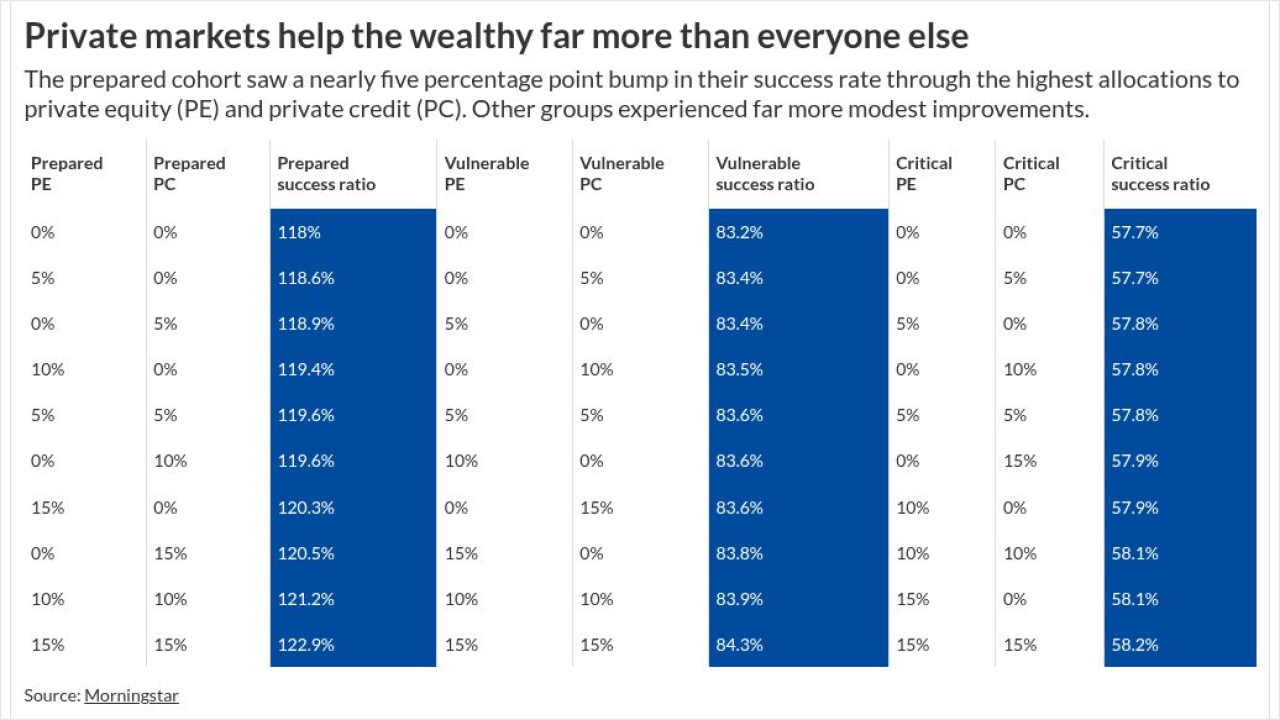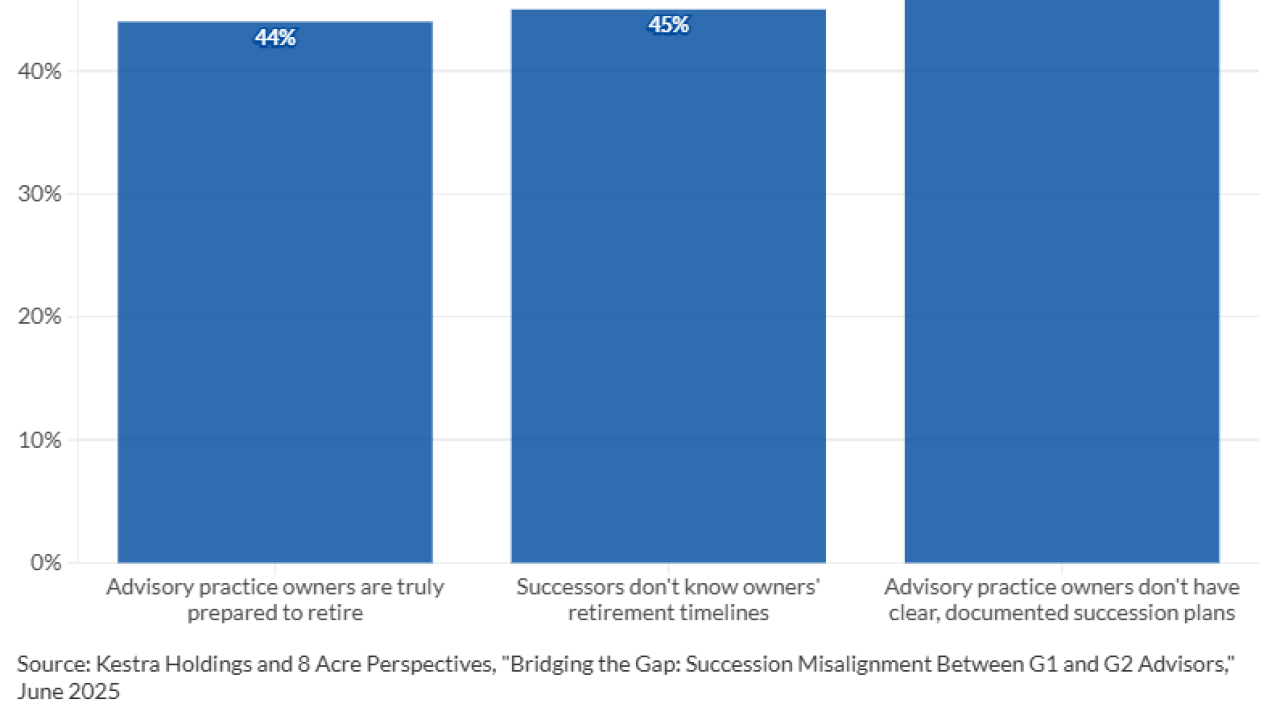As far as matches made in heaven go, there is probably no more perfect match than this one: Brazil and soccer.
Next year, millions of people from all corners of the globe will descend upon the Latin American nation for the once-every-four-years championship event that promises to be pure soccer nirvana. And in 2016, Brazil will host the Summer Olympics.
But there's one major unanswered question that's hanging in the air: Does Brazil have what it takes to support events of this magnitude?
There's little doubt that Brazil lives and breathes soccer, but the seventh largest economy in the world is also a real laggard when it comes to infrastructure, sorely lacking-both quantity and quality-wise-in roads, ports, bridges and railroad tracks.
Ranked 101st for its infrastructure on a list of 144 countries by the World Economic Forum, Brazil's transit systems leaves much to be desired. And most of its airports are far from ready for soccer fans from around the world.
"There's an immediate disconnect between the size and importance of Brazil's economy and the low quality of its infrastructure," says Andres Calderon, vice president of research at Hansberger Global Investors and portfolio manager of the Natixis Hansberger Emerging Latin America Fund.
According to data from the CIA World Fact Book, the United States has 7.3 times as many airports as Brazil, 35.5 times as many pipeline kilometers (and Brazil is rich in natural resources), 7.9 times as many railway lines and 20.6 times as many roadway kilometers.
While Brazil may be under the microscope now because of these events, it isn't the only country with inadequate infrastructure.
Indeed, most emerging and frontier markets are in dire need of building new and beefing up existing infrastructure of every kind, Calderon says. Whether that's improving and extending road and rail networks, privatizing airports, upgrading ancient electricity distribution systems or building water treatment facilities, infrastructure is clearly mandatory for any emerging market to continue on a positive growth trajectory.
"The good thing is that governments, and local and international investors are aware that there's a need for infrastructure, and poor infrastructure has been widely recognized as a deficit in these countries," he says.
The need for better quality and more extensive infrastructure is particularly pressing in the BRIC nations, says Clem Miller, investment strategist at Wilmington Trust Advisors.
Companies in those countries need proper infrastructure to keep expanding. "China, for example, has been growing at 7% to 8%, but recently, the earnings growth of Chinese companies has been basically flat, and that's because the costs of running a business in China are pretty high," Miller says.
Indeed, countries like India and China have seen slower growth recently partly because of the dynamics of the global economic cycle, but also because of their infrastructure needs, he says.
Given the high population growth these nations face and the rapid rate of urbanization-in China, roughly 20 million people are moving each year from the countryside to the cities-infrastructure is a clear need.
Sustaining economic growth across the emerging and frontier markets, and taking it to the next level, means that governments need to make proper commitments to infrastructure funding and development. But while many countries may have the will for it, not all of them have the means at their disposal.
"You are seeing a lot of support globally for infrastructure development from many emerging market governments, and it is a way to stabilize currencies as well as a long-term commitment for the well-being of their economies and their populations, but you need an ideal mix of governmental support and incentives for private, local investors first, and then international investors as well, for things to really work," says Aaron Visse, portfolio manager of Forward Management's Forward Global Infrastructure Fund. "Some places are better equipped than others on those fronts."
While Brazil is not currently on Visse's radar (labor unrest and protests against governmental initiatives are a concern there for him as they are for many investors), he believes there are plenty of other places in the world where investors can benefit from the growing infrastructure boom.
To date, foreign investors haven't really taken too much notice of emerging market infrastructure development as a sector, he says, "because most have been focused on the dynamic of the emerging consumer in those markets, but as a long-term, secular trend, I believe this is where investors should be looking."
Visse gives the example of the Philippines, a nation that has been quietly but steadily racking up a solid current account surplus over the past decade. Unlike other Southeast Asian countries, it isn't subject to the same currency headwinds, he says, inflation is low and the country's budget deficit is only 2.8% of GDP.
"In the Philippines, you also have strong private consumption and rising investments, and the government has been on an austerity kick for some time, which means that it can spend more now, and next year will be increasing spending in public infrastructure by 35%," Visse says.
Hansberger's Calderon believes that many Latin American countries are also doing what it takes to make infrastructure financing an interesting and exciting sector for both local and foreign investors, by setting up an attractive regulatory framework and putting forth a great number of concessions for all kinds of projects-toll roads, bridges, ports and railways, to name but a few-that are being competitively bid on by a range of private sector investors.
Brazil is certainly within that group of nations, he believes, and though there are certainly some hurdles to clear, there's little doubt that things are moving along in the right direction for both the 2014 and 2016 sporting events and beyond.
"It's easy for people to pick on a lack of proper stadiums, but at the end of the day, stadiums aren't really infrastructure," Calderon says. "It is the infrastructure around the event and the path to the stadium that matter, and in my opinion, the Brazilian government has shown its support for that. One example is the main airport in Sao Paolo, which will be the first touchpoint for everyone coming to FIFA. That has been privatized, although the government was initially reticent to do so. Having come around to it, they are also going to be privatizing numerous other airports in Brazil."





